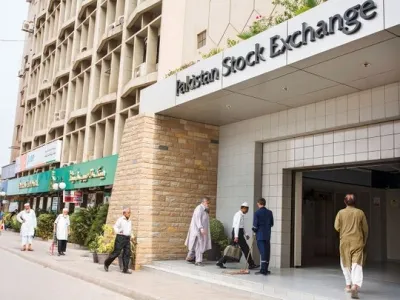Why is South Korea Reissuing the Heat Wave Alert for Seoul and the Central Region?

Synopsis
Key Takeaways
- Heat wave advisory reinstated for Seoul and central regions.
- Temperatures expected to stay above 30 °C.
- Recorded fatalities due to heat-related illnesses.
- Increased power demand seen during this heat wave.
- Health authorities urge caution and preparedness.
Seoul, August 15 (NationPress) A heat wave advisory has been reinstated for Seoul and a majority of the central region on Friday, with elevated temperatures anticipated to persist.
The heat wave alert commenced at 11 am in Seoul, the central city of Daejeon, and nearby areas, as reported by the Korea Meteorological Administration (KMA).
This advisory was reissued nine days after the KMA had previously lifted it, according to the Yonhap News Agency.
A heat wave advisory is declared when the maximum apparent temperature is projected to exceed 33 °C for two or more consecutive days, whereas a heat wave warning is issued when the maximum temperature is expected to stay above 35 °C.
With the latest alert for the central region, 161 out of 183 weather alert areas nationwide are currently under either a heat wave advisory or warning.
The heat wave warning has been activated for the southwestern South Jeolla Province and the southeastern Gyeongsang provinces, along with the coastal areas of Jeju, a popular southern resort island.
The ongoing heat wave is attributed to two high-pressure systems that have introduced hot, humid air to the Korean Peninsula and are trapping it, according to the KMA.
On Friday, daytime temperatures are expected to fluctuate between 30 °C and 35 °C across the country.
Earlier on August 2, health officials reported that 19 individuals have succumbed to heat-related illnesses in South Korea this year as the nation has faced extreme heat waves.
Last month, South Korea recorded its highest average daily maximum power demand, marking one of the most intense summer heat waves on record. Data indicates that the peak power demand in July averaged 85 gigawatts, a 5.6% increase from the previous year, as per the Korea Power Exchange.
This figure represents the highest level recorded for any July since 1993, when the government began tracking relevant data. The monthly peak was reported in August 2024 with a reading of 87.8 GW. This surge in July was fueled by heightened electricity usage for air conditioning amid the ongoing heat wave.









